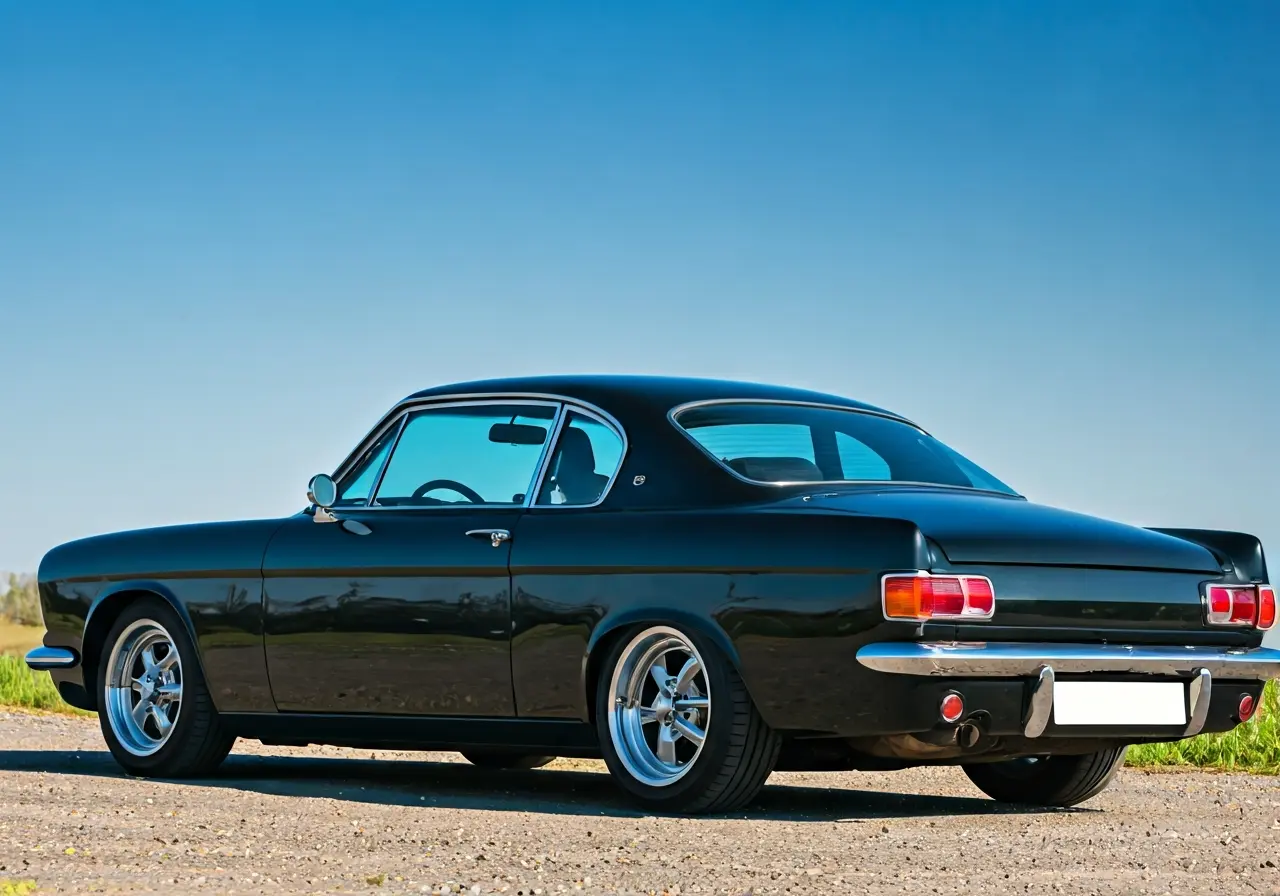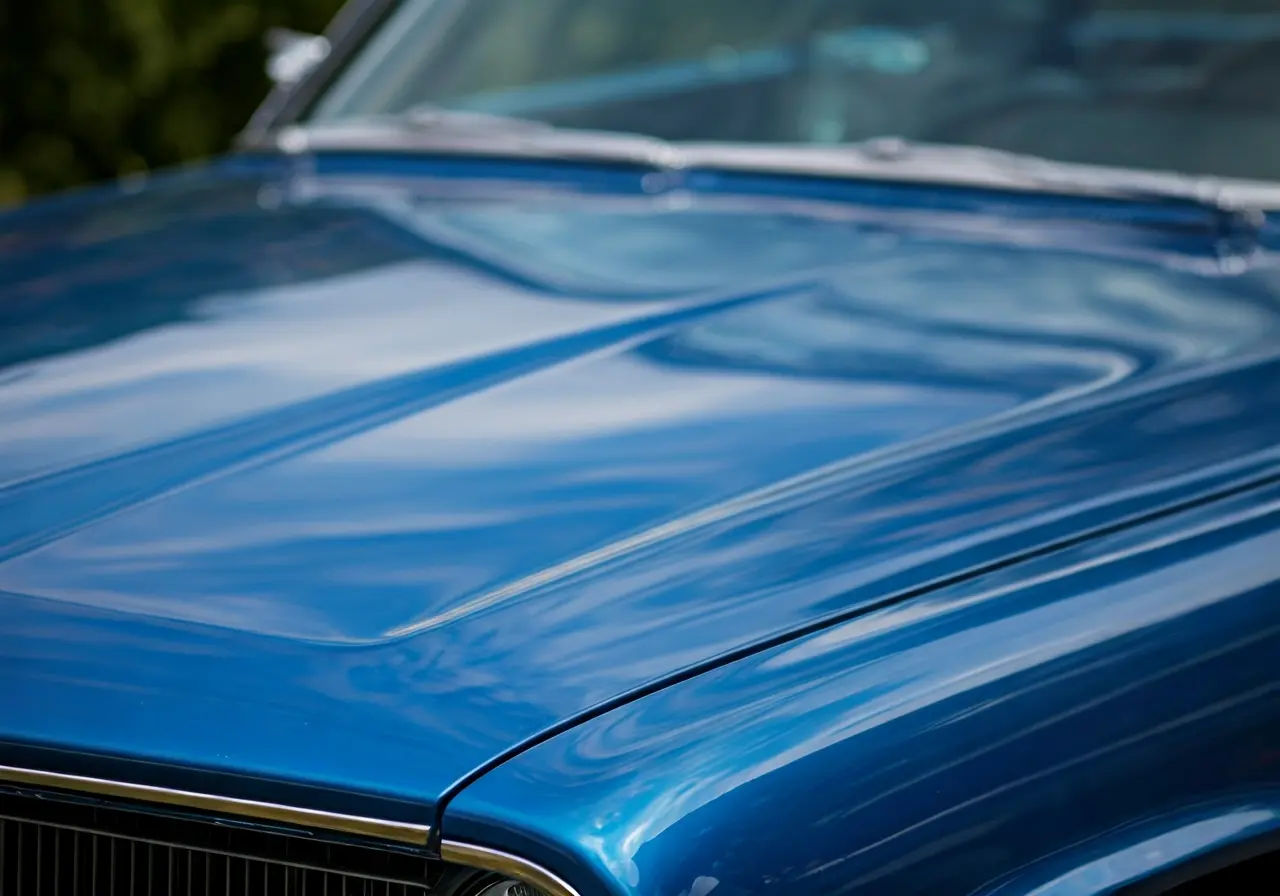

12 Factors That Affect Paint Correction Cost and How to Lower It
Ever wonder why the cost of paint correction varies so much? Whether you’re a car enthusiast or just looking to spruce up your vehicle, understanding what influences the cost can help you make smart decisions. In this guide, we’ll break down the key factors that impact the price and share some savvy tips on how you can keep expenses in check.
1. Type of Vehicle
The size and type of your vehicle play a significant role in determining paint correction costs. Larger vehicles, like SUVs and trucks, inherently need more product and time due to their expansive surfaces. On the other hand, smaller cars might seem less demanding, but intricate designs could complicate the process. Consequently, evaluating your vehicle type can provide a clearer picture of potential expenses. This understanding is crucial as you consider options for enhancing your vehicle’s appearance.
It’s essential to note that even amongst similar-sized vehicles, the material and initial paint quality could influence costs. For instance, modern cars with eco-friendly paints or specialized finishes might demand specific products or techniques, thereby affecting the overall paint correction cost.
2. Condition of the Paint
The condition of your car’s paint is another pivotal factor. Suppose your vehicle’s paintwork has only minor blemishes— correcting these imperfections won’t dent your pockets as much. However, if deeper scratches, oxidation, or swirl marks mar your vehicle’s paint, expect the costs to rise. This is because repairing extensive damage requires heightened attention and sophisticated techniques.
Ultimately, maintaining your car’s surface over time will mitigate these costly damages. Regular cleaning and protection with wax or sealants can ward off long-term deterioration. Address these issues promptly to avoid sinking unnecessary funds into more comprehensive services.
3. Detailing Materials Used
The choice of detailing materials significantly impacts the cost. Premium products, such as ceramic coatings or high-end polishes, promise excellent results but will naturally come at a premium. Such materials adhere to a vehicle’s surface better, providing a more durable finish and enhanced protection. However, the initial outlay might seem high to some owners.
Opting for high-quality products isn’t just about aesthetics; it’s also about extending paint life and reducing frequency of future corrections. Investing in superior products now can yield long-term savings by minimizing recurrent maintenance costs.
If you’re weighing up different options, consider discussing these choices with a professional detailer, ensuring you select materials best suited to your expectations and budget.
4. Experience of the Detailer
An experienced detailer can be the difference between a satisfactory job and an outstanding one. Typically, detailers with extensive experience and an established reputation may charge more for their expertise. However, engaging skilled professionals often provides you with peace of mind and an assurance of superior results.
The added benefit of opting for a seasoned pro is reliability. Experienced detailers are less likely to make errors that could lead to costly corrections. Furthermore, their adeptness with advanced techniques might turn what would have been a potential paint problem into a brilliant finish.
5. The Complexity of the Design
Vehicles boasting intricate designs demand a higher level of attention during the detailing process. These complexities, such as sharp contours or elaborate bodywork, necessitate specialized techniques, impacting both time and cost.
Tailoring the detailing process to accommodate these elements ensures an even, consistent finish across your vehicle. While this precision adds to the overall cost, the end result, a flawless and striking exterior, often justifies the investment for many car lovers.
6. Location and Convenience
Geographic location is another factor affecting paint correction prices. In busy urban centers, increased operational costs, such as rent and wages, typically result in higher charges. Conversely, in rural or less populous areas, costs might be friendlier due to lower overheads.
In choosing where to get your paint correction services, proximity should be weighed up against cost and quality. Sometimes, venturing a little further afield in search of better pricing or exceptional service might be worth the journey.
7. Clay Bar Treatment
Incorporating a clay bar treatment during your paint correction process adds an extra layer of cleanliness and smoothness to your vehicle’s exterior. This method eliminates surface contaminants that regular washing can’t dislodge, such as tree sap and industrial fallout.
Although the clay bar significantly enhances the later polish and wax stages by creating a clean slate, this meticulous attention to detail comes with a modest increase in the total cost of the correction.
8. Chrome and Aluminum Polishing
Achieving a stunning visual impact sometimes means extending your paint correction service to include chrome and aluminum polishing. These materials require individual care, ensuring restored shine and protection against oxidation or corrosion.
Enhanced aesthetics come at a cost; polishing takes time, meticulousness, and careful handling, resulting in a beautiful, unified appearance that’s worthy of its extra price tag.
9. Insurance and Operating Costs
Some businesses incorporate insurance as a part of their operational costs. This not only covers their activities but provides an added safety net for customers. While this assurance creates slightly elevated service fees, reliable companies will have your vehicle’s best interest at heart, making it worth considering.
Operating cost nuances are crucial factors that can influence overall pricing. Ensuring your peace of mind through insured, reliable service justifies the slightly higher price you might pay.
10. Demand for Services
The demand for paint correction services can vary throughout the year, impacting cost. High demand periods typically drive prices up due to limited availability. Conversely, opting for services during off-peak seasons could result in savings.
Monitoring and booking appointments in advance, especially if your schedule is flexible, could enable you to take advantage of promotional offers or lower rates, managing expenses strategically.
11. Level of Correction Needed
Paint correction involves varying levels of intensity depending on your vehicle’s needs. For slight imperfections, a basic correction might suffice, presenting a more economical choice than a comprehensive service.
However, if your vehicle has substantial defects, you’ll benefit more from a complete overhaul. Despite the higher cost, the thorough approach provides a cleaner, more polished appearance, embodying a worthwhile investment that extends your vehicle’s lifespan.
12. DIY vs. Professional Services
The debate between DIY and professional services is long-standing. While a DIY route may lower immediate expenses, the prospect of potential errors or the use of ineffective products might lead to regret.
Professional services, although pricier, offer assurance of quality. Skilled detailers bring expertise and access to premium materials, ensuring lasting results. This long-term view often proves cost-effective, granting you both quality and peace of mind.
Latest Posts


Discover the Best Window Tint Options for Your Car

Why Car Detailing Cost is an Investment in Your Vehicle’s Longevity

15 Tips for Maintaining Your Car After Applying the Best Ceramic Coating

10 Reasons Why Car Detailing Greensboro Lovers Adore Ceramic Coating


